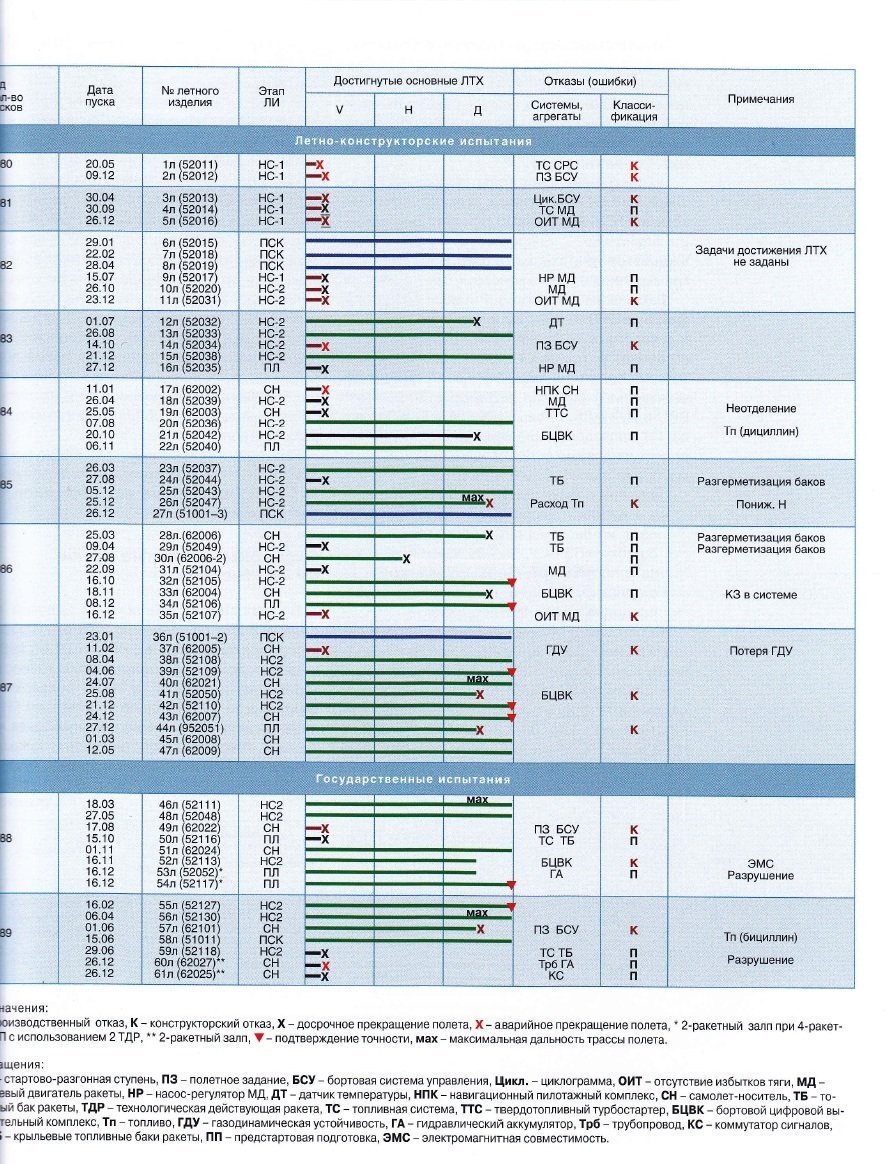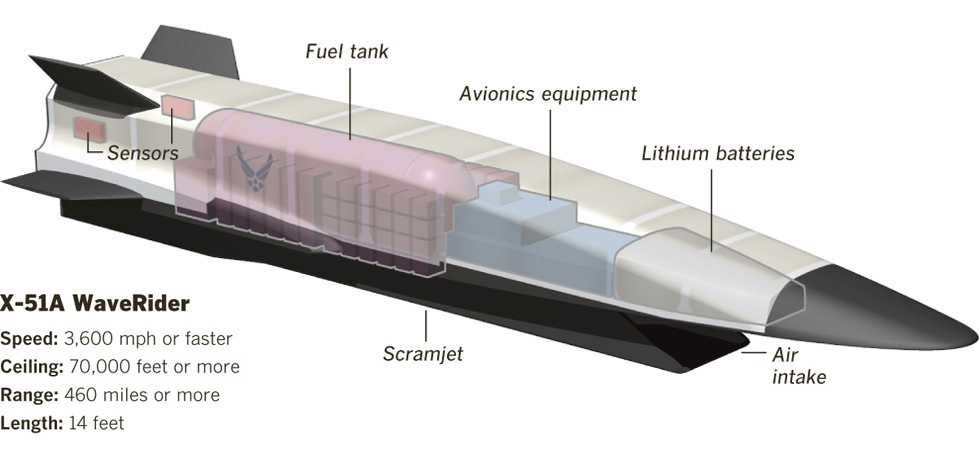The Norwegian company Nammo has unveiled a ramjet powered artillery shell. Why would an artillery shell need a ramjet? Just to increase range?
Pretty much.
If they can create a small enough ramjet motor, they can take out some HE payload and replace it with fuel and greatly extend firing range of any gun without making it longer and heavier and much more expensive.
Most 155/152mm shells weigh about 40-50kgs each, while many targets require payloads that size because rounds don't tend to directly hit targets.
If you can increase the accuracy to the point where you get direct hits, your payload requirements become much smaller... with a 152/155mm calibre shell that is the width of heavy anti tank missiles, so make it long and put a shaped charge in the middle and at the rear and you can get amazing armour penetration... all you then need to do is fill the gaps with some sort of terminal guidance and a ramjet motor and empty space for extra fuel and you get a really potent weapon for use against a wide variety of hard targets. For soft targets just have one explosive charge of perhaps 10kgs or so with a semi shaped charge design to destroy light armoured vehicles with a diving top attack design.
The thing is that a lot of targets don't need a huge warhead if you deliver it accurately... sometimes a large payload is counter productive in COIN type ops, and small payload allows much greater space for extending range by large amounts... a good reason to use a 155/152mm calibre gun is its range, so extending it much further makes it even more useful.
Imagine in a Syria like campaign if you had 10kg HE shells with Koalition... the current shells have a range of 70-80km with accuracy... imagine a 10kg HE warhead model with a ramjet and a 160km range and accuracy... a single battery could control an enormous volume of ground space with the ability to reach out and hit individual targets like tanks or Toyota light trucks.
Top attack and a 10kg shaped charge of 152mm calibre would be plenty of penetration with a direct hit, and 10kgs would obliterate most civilian vehicle... you could use UAVs with lasers to mark the targets so precision should be excellent, costs wont be too bad, and you could design it so the laser target marker can be coded to set the fuse... standoff for the HEAT for best penetration, and tiny delay for an unarmoured target to penetrate the target before exploding, which would obliterate any civilian vehicle.
Of course for some targets you might want heavier payloads of HE, but even then a ramjet could increase range to perhaps 100-120km or so...
Regarding defending against hypersonic missiles... a high flying airship is an efficient way of keeping an eye on your borders, but even if they got a days warning it is not good enough... the real problem isn't lack of reaction time to intercept... the problem is that even if you detected it and tracked it from launch to impact with no interference at all, it does not fly a straight or a smooth ballistic curved path, so you can project an intercept point ahead of it based on the location and speed of your defending missiles, but the next time it turns or climbs or descends or speeds up slightly or slows down slightly all your calculations for intercept are now very very wrong.
If the target is a ship doing 5 knots and your interception missile is a mach 4 missile then the target is not moving very fast so even if it makes a drastic turn or change of speed then the very high speed missile will get to the interception point and quickly locate the target as not being there but being less than one nautical mile that way... but because of the enormous speed of the missile it can cover the distance in less than a second so it can still hit the ship.
If the ship is moving at 3km per second and your interception missile is moving at perhaps half that, then the closing speed is 4.5km per second... the target is powered so it can turn dozens of times and not lose speed... the interceptor is likely a rocket and if it has to keep turning and changing direction it will rapidly lose speed... by the time the target gets near the interceptor the interceptor might not have the energy or the time to reach the intercept point... remember if it is half a second late or half a second early it will miss... if it is early it can't stop, and obviously if it is late by half a second the miss distance will be over 2km... even fitted with a nuclear warhead you might not stop it...













